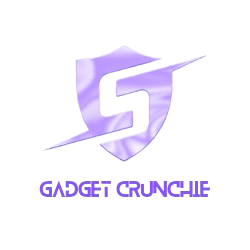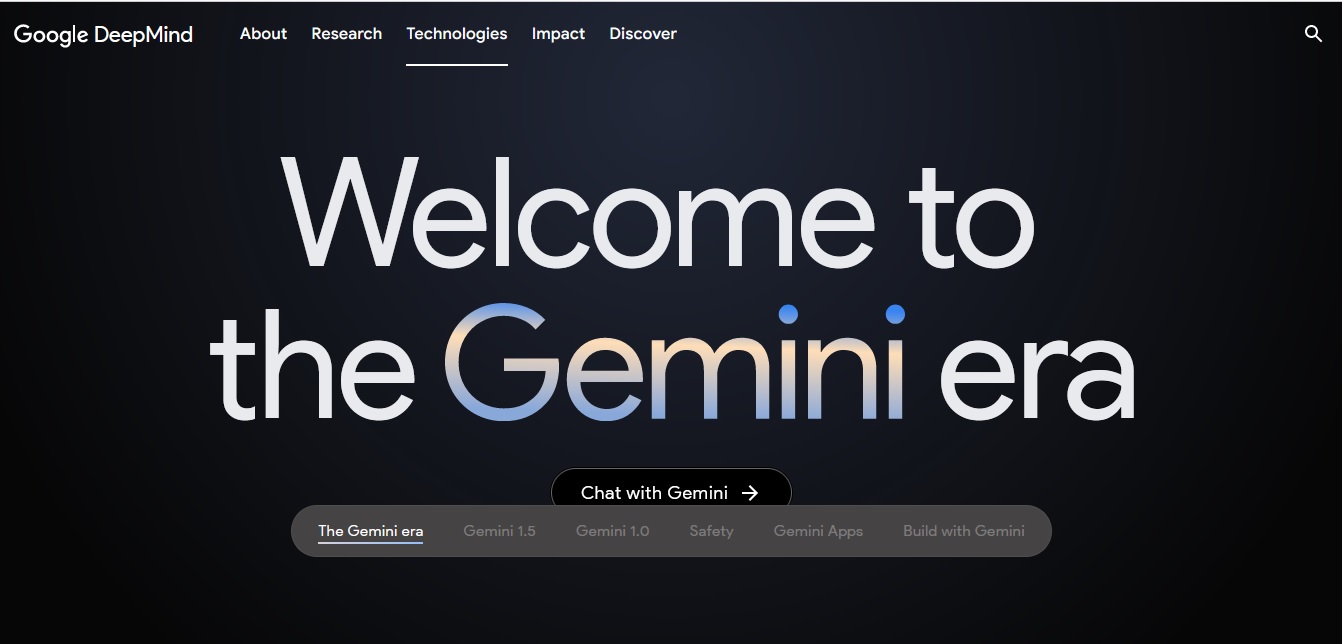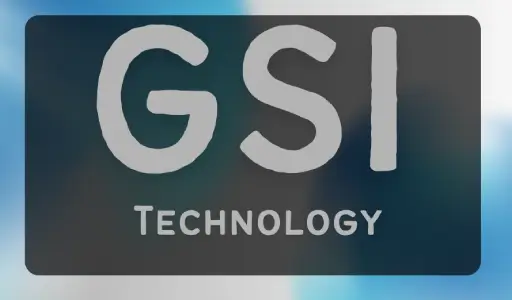Welcome to, the new AI!
I think we’re all used to it now, a new AI model has begun.
And it’s time for Google Gemini AI.
In today’s blog, we will learn all about what is Google Gemini AI is and everything around it. So, take your coffee and keep getting knowledge.
What is Google Gemini AI?
Gemini is the new artificial intelligence model produced by Google and its parent company, Alphabet.
“Gemini is the outcome of extensive collaborative work by teams across Google, including our partners at Google Research,” stated Dennis Hassabis, CEO and co-founder of Google DeepMind.
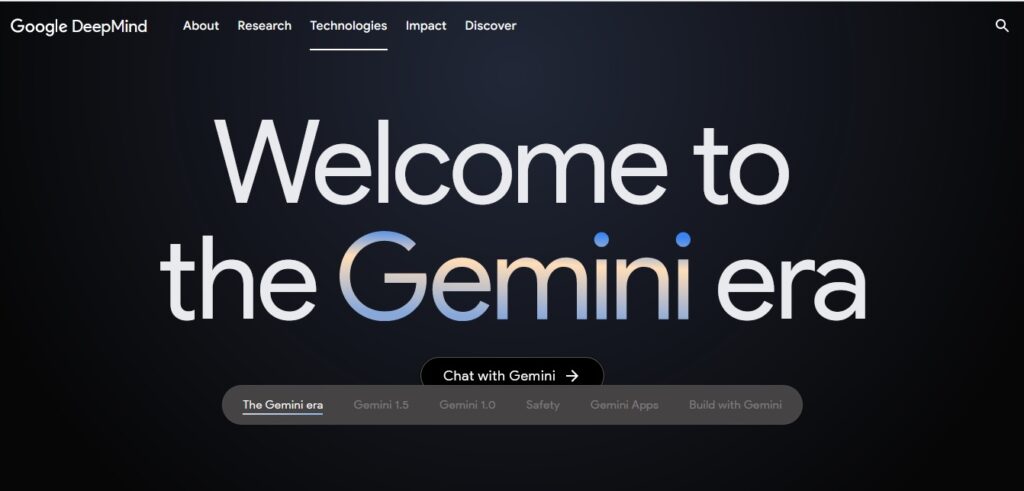
The essence of this AI model lies in its multimodal capability, enabling it to effortlessly comprehend data from different formats of information, such as:
- Text
- Code
- Audio
- Image
- Video
Gemini excels in grasping nuanced information and tackling complex topics adeptly. Additionally, it demonstrates proficiency in elucidating intricate subjects such as mathematics and physics.
When the Gemini AI Google be released?
There seems to be some confusion about the release of Gemini AI. Here’s a breakdown:
- Technically, Gemini wasn’t entirely new in December 2023. It was the unification of two existing Google AI projects, Bard and Duet, under the Gemini name [invalid URL removed].
- The core functionalities of Gemini became available in December 2023: This included access for developers and enterprise users through Google Cloud Vertex AI and Generative AI Studio.
However, there have been subsequent developments:
- February 2024 saw the launch of the Gemini mobile app and integration with Google Search and Assistant.
- An even more advanced version, Gemini 1.5 Pro, is currently under private preview for a limited group.
How is Different Google Gemini AI?
Gemini is inherently multimodal, indicating that it is trained end-to-end on datasets encompassing various data types, and claims it to be the most flexible yet.
To achieve scalability, it runs efficiently across a spectrum of platforms, spanning from data centers to mobile devices. Presently, Gemini has introduced its initial version in three distinct sizes:
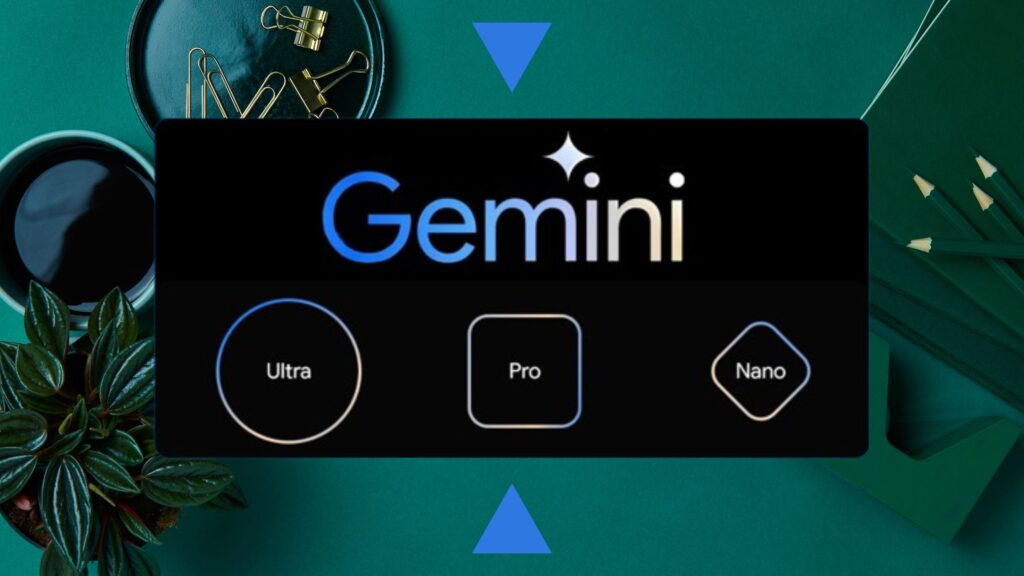
1. Gemini Ultra –
The biggest and most efficient model for highly complex tasks.
Google characterizes Gemini Ultra as the most capable model, being the first to surpass human experts on MMLU. It is exclusively designed for highly complex tasks and is presently undergoing testing.
This iteration employs a blend of 57 subjects including mathematics, physics, history, law, and others for testing and problem-solving capabilities. That’s quite an impressive array.
2. Gemini Pro –
A design intended for use across a broad spectrum of tasks.
Google Pro represents an advanced iteration focused on reasoning, planning, and comprehension, currently employed to refine Google Bard. This represents one of the most substantial improvements to Google Bard since its beginning.
Gemini Pro access has significantly expanded since its initial launch.
As of today, March 27, 2024, you can use Gemini Pro in over 230 countries and territories alongside Bard, the Google Chabot. This means it’s accessible in most parts of the world.
3. Gemini Nano –
An efficient model for on-device tasks.
You’re exactly right! Gemini Nano is a perfect example of on-device AI processing. Here’s a breakdown of what you mentioned and some additional details:
What it is:
- Gemini Nano is a smaller, more efficient version of Google’s AI model family called Gemini.
- It’s specifically designed to run on smartphones, making it lightweight and efficient enough to not drain your battery.
What it does:
- Because it runs directly on the phone, it doesn’t need an internet connection to function. This allows for faster processing and privacy, as your data stays on your device.
- Gemini Nano powers various features on compatible phones, especially the Pixel 8 Pro. Here are some examples:
- Summarizing conversations in the Recorder app: This makes it easier to revisit conversations and understand key points without listening through the whole thing again.
- Smart Reply in Gboard: While still under development, Gemini Nano helps suggest contextually-aware replies in messaging apps like WhatsApp. This can save you time and effort when composing messages.
Availability:
- Currently, Gemini Nano isn’t something users directly interact with. It works in the background of specific apps.
- However, this technology is promising. Android app developers can leverage Gemini Nano’s capabilities through the Android 14 AI Core system to create new on-device AI features in their apps.
Overall, Gemini Nano is a significant step in bringing powerful AI directly to our smartphones. It allows for faster, more private, and potentially more innovative mobile experiences.
How to Access Gemini AI?
Gemini Pro can be accessed through Bard Chatbot, while Gemini Nano is compatible with Google Pixel 8 smartphones. Google intends to extend Gemini’s availability to Search, Ads, Chrome, and other Google services soon.
They have initiated experiments with Gemini on Search, aiming to enhance the speed of the Search Generative Experience.
Developers and businesses can utilize Gemini Pro through the Gemini API within Google AI Studio or Google Cloud Vertex AI.
Android developers will also have access to Gemini Nano through AICore, which will be available through an early preview of AICore.
Gemini Ultra is currently unavailable, with Google planning to initially offer this version to selected customers, developers, partners, and experts for experimentation in the future.
Following feedback, they will proceed with the rollout of Gemini Ultra.
Concluding
As we move into 2024, it appears to be a promising year for AI with the introduction of Google’s new AI.
It seems poised to usher in significant changes in how AI can influence our daily lives.
I’m eager to witness the impact of this AI model and the reactions of other players in the industry.
Thank you for reading!
